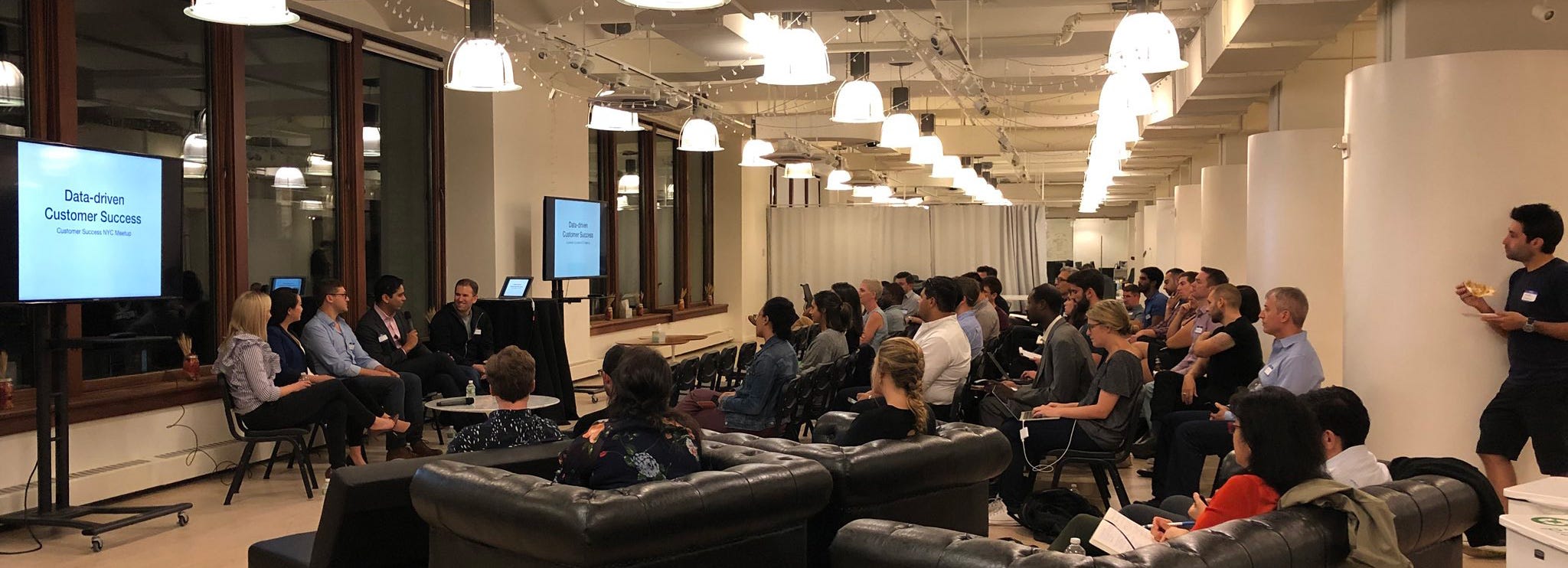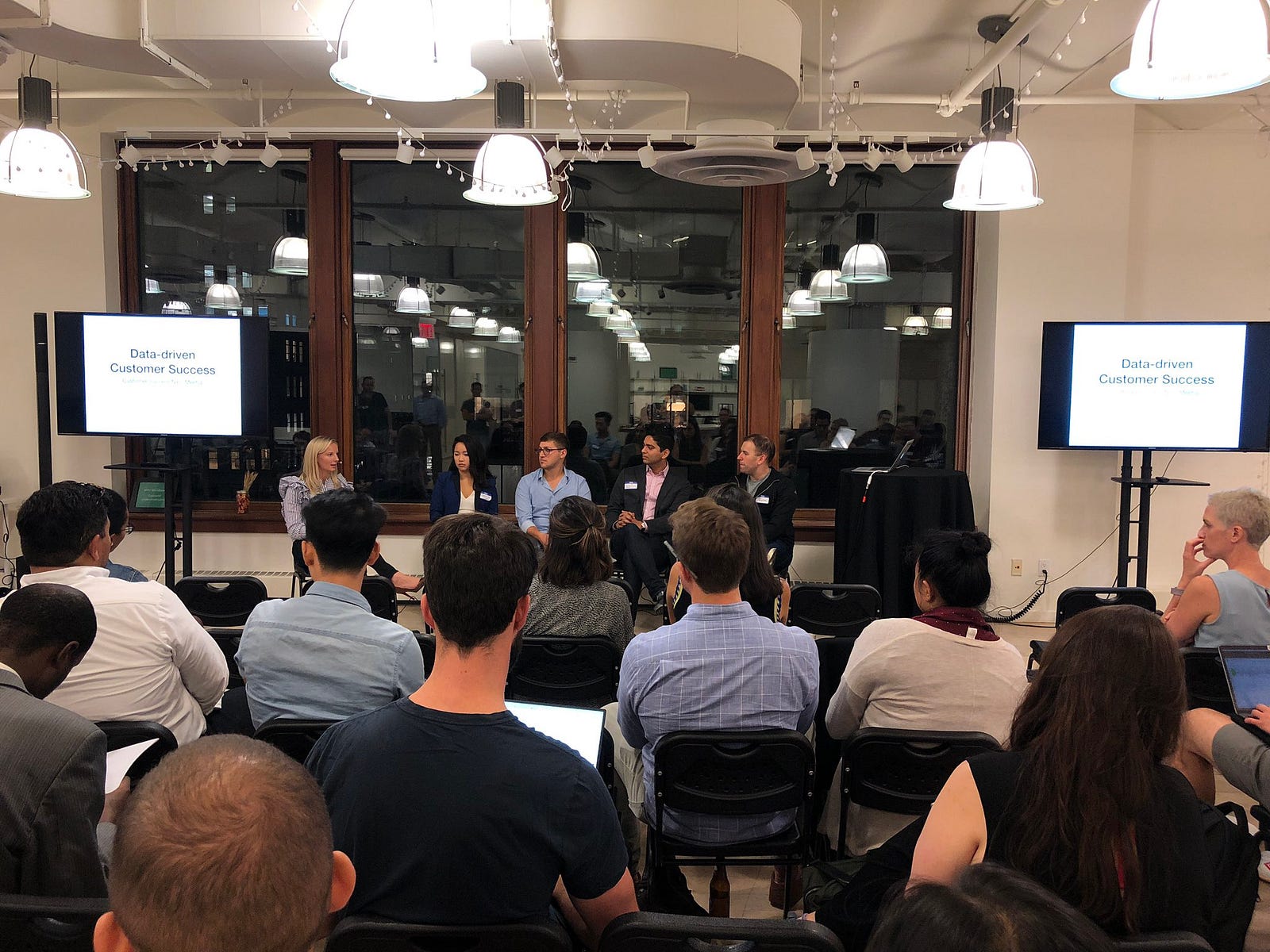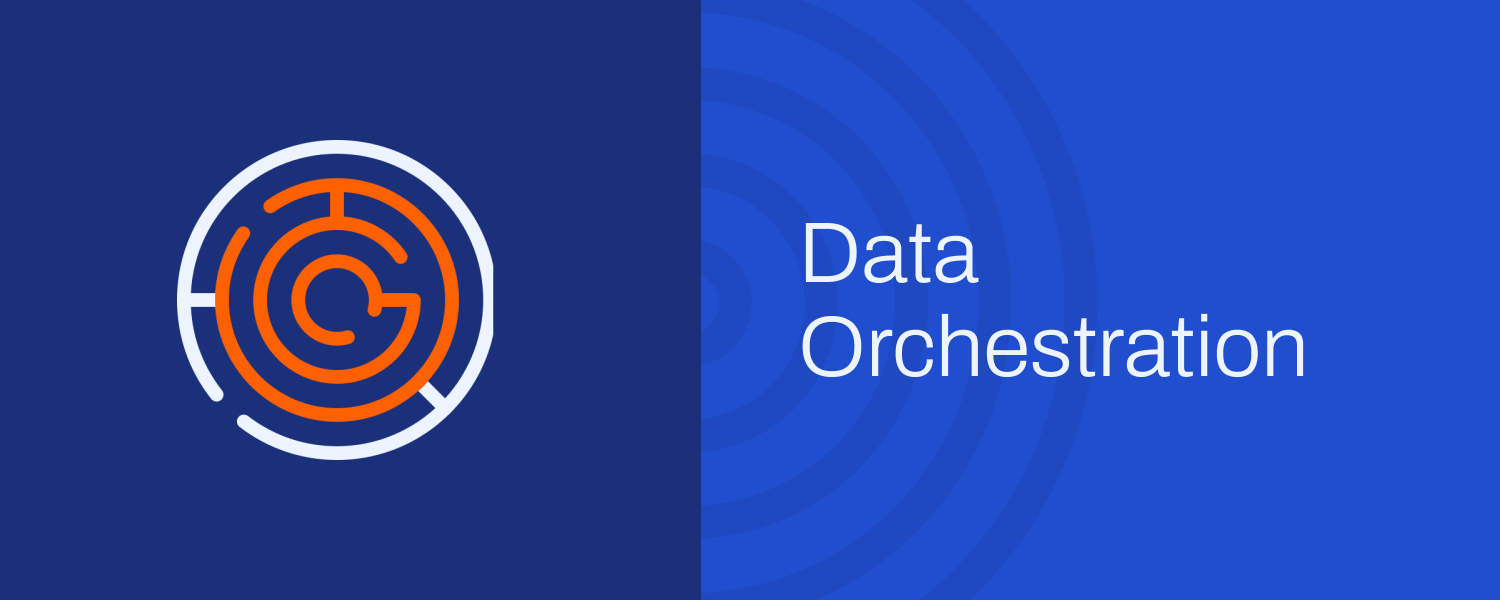###  credit: StephBell
credit: StephBell
We’re excited to have hosted a productive event with the Customer Success community at Work-Bench last week, where we discussed the role of data in customer success with a line-up of all-star panelists. Most modern organizations recognize the importance of fast, high-quality data, which has driven step-function performance increases in marketing and sales in recent years, but has been conspicuously absent from the customer success dialogue. When somewhere between 70–95% of revenue comes from retention and expansion, as is common in SaaS, why are customer-facing teams equipped with slow, low-resolution data?
When somewhere between 70–95% of revenue comes from retention and expansion, as is common in SaaS, _why_ are customer-facing teams equipped with slow, low-resolution data?
Here are my top 3 takeaways from the event:
1. Customer success IS a revenue driver, and if your team isn’t positioned as such, you’re doing itwrong.
Customer success is still a relatively nascent function and takes many forms across different organizations. It was especially exciting to see a show of hands across the audience indicate that the majority of people who were in the room work at organizations where customer success is valued as a revenue driver, not brushed off as a cost center. We’re starting to see consensus that recurring revenue is a flywheel, not a funnel, and successful companies are recognizing the importance of investing in the customer success function — not just to keep business, but even more critically, to grow it. This imperative increasingly requires an institutional knowledge base about what customers need to be successful, and what organizations need to do to create the long and profitable relationships that subscription-based businesses aspire to. The more relevant data that customer-facing teams have available to them, the better positioned they are to drive revenue for your organization.
2. Even rock-star teams, who know everything about their customers, struggle to advocate on their behalf because they don’t have hard data about what they need andwant.
In the absence of hard data, two common paths emerge:
- A CSM gets excited about an exchange with a customer where they’re asking about a feature and the CSM, cognizant of a large joint opportunity, tries to rally excitement from product, who says it’s not on the roadmap. The CSM has no straightforward way to see which other accounts, perhaps outside her purview, are making similar inquiries, and product has no straightforward way to see what functionality customers are excited about.{: .graf.graf–li}
- A support specialist who spends all day in a ticketing platform manually tags exchanges with keywords. The support specialist works for a company with a rapidly expanding product portfolio, and doesn’t have the ability to meaningfully and dynamically report on instances of these tags to the rest of the organization, let alone the time to keep doing this at scale.{: .graf.graf–li}
Both paths too often culminate in an anecdotal wasteland where risks and opportunities routinely slip through the cracks, and customer-centricity becomes ever more elusive.
Every single click that customers make on your website, or even your ads, is sliced and diced a dozen different ways, surrounded with analytics and automation, yet conversations reflecting hours of investment on both sides languish in platforms like Zendesk, Intercom and Slack, or wherever they’re happening. Critical feedback coming directly from customers withers away in a vacuum because organizations aren’t ready to analyze these conversations, because often, they don’t have the tools to do so.
Customer-centricity manifests when the product roadmap directly reflects a ranked list of customer asks, when organizations are able to anticipate, not just react to customer asks, and when peer teams like product, compliance and marketing, and even the C-suite, share the same view of customers that the teams closest to them have. 
 credit: BlakeJesse
credit: BlakeJesse
3. NPS is a short-sighted legacymetric.
NPS can be useful as a relative benchmark, but customer-facing teams are increasingly aware of its limitations. It simply does not tell you what your customers need and want.
Additionally, enterprise software buyers typically invest a great deal of time and money in the adoption process, and even build entire processes and teams around it. So these folks, with whom you’re probably already communicating with regularly, could be shouting from mountaintops about what they need and want, yet to gather feedback, too many teams rely on generic quarterly surveys to ask them how they feel about recommending their business.
It’s no wonder that response rates tend to be disappointingly low: people who’ve championed your product throughout their organization don’t want to be treated like some anonymous survey respondent, they want to be listened to and engaged accordingly. Especially if you’re a SaaS company looking to be a strategic partner to your customers and not merely a vendor, why are you relying on a handful of high-level questions four times a year so that you can attempt to solve last quarter’s churn mysteries?
Final thought
Too much is at stake for customer-facing teams to operate without high-quality data. These teams are making themselves available across more touchpoints than ever, and the sum of these interactions is creating massive streams of unstructured data exhaust where critical feedback lives. This proliferation of raw data, coupled with incredible advancement in natural language understanding technology, means that customer conversations are an emerging source of always-on insight, available right at customer-facing teams’ fingertips.
A big thank you again to Work-Bench, to Stephanie Bell, and to Michelle Shao at Looker, Sunny Manivannan at Guru, Matt Baron at Simon Data, and Jesse Brightman at Stensul.


